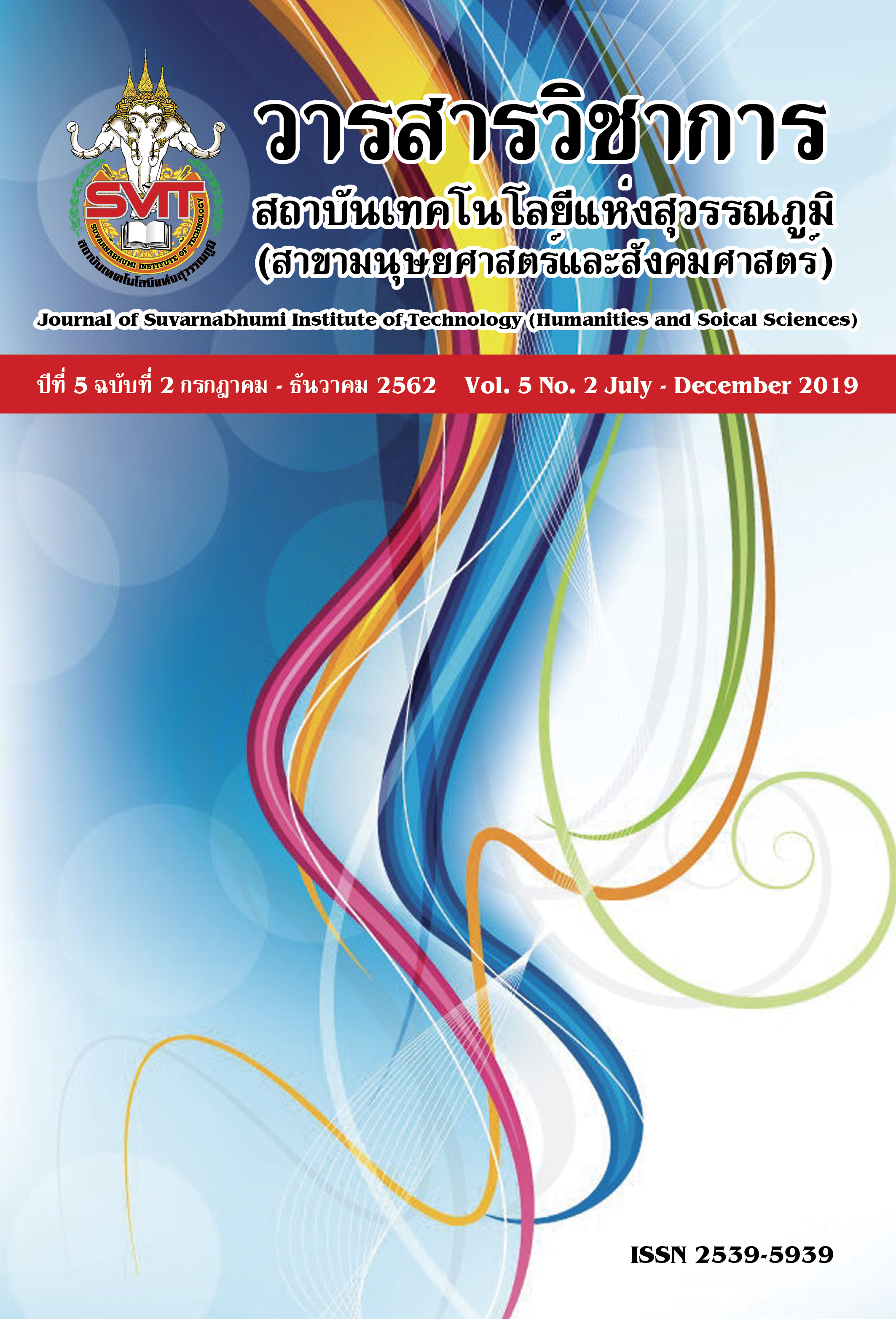TEACHING MATERIALS: ADOPTING AND ADAPTING
Keywords:
Teaching materials, adopting materials, authentic materials, adapting materialsAbstract
Teaching materials are important parts to help teachers achieve better teaching and students’ desired learning outcomes. Carefully selecting materials, language teachers can present new knowledge and language items to be taught clearly, purposefully and systematically. As a result, students learn better because appropriate tools enhance their interest and understanding, practice and internalization. This paper aims to provide some suggestions for novice English teachers in selecting teaching materials. Practically, there are two processes to prepare teaching materials: Adopting and adapting. For adopting materials, any course-books or commercial textbooks can be used. However, using a textbook needs evaluation in order to select the most suitable materials for the course’ goals and objectives, students’ language proficiency and learning styles. Alternatively or additionally, teachers can use authentic materials that involve the real language use such as news, flyers, newsletters, etc. For adapting materials, the adaptation should reflect the concern of the course’s objectives as well as learning atmosphere and the student learning achievement. During the material preparation, teachers should evaluate the selected materials. Once the possible problem areas are recognized, teachers must consider the type of format adaptation and determine what activities to be adapted and how to adapt it to get the best of the material used.
References
Berardo, S. A. (2006). The Use of Authentic Materials in the Teaching Reading. The Reading Matrix. 6(2). Retrieved from https://www.researchgate.net/ publication/237413136_The_Use_of_Authentic_Materials_in_the_Teaching_of_Reading
Case, A. (2012). Advantages and disadvantages of using authentic texts in class. Retrieved from https://www.usingenglish.com/articles/advantages-disadvantages-using-authentic-texts-in-class.html
Cunningsworth, A. (1995). Choosing Your Course book. London: Heinemann.
Garton, S., & Graves, K. (2014). Identifying a Research Agenda for Language Teaching Materials. The Modern Language Journal, 98(2), 654-657.
Graves, K. (2001). Teachers as Course Developers. (Ed.) Cambridge: Cambridge University Press. Guariento, W. & Morley, J. (2001). Text and task authenticity in the EFL classroom. ELT Journal 55(4), 347-353.
Harwood, N. (2010). English Language Teaching Materials: Theory & Practice. (Ed.)Cambridge: Cambridge University Press.
Jordan, R. R. (1997). English for Academic Purposes: A Guide and Resource for Teachers. Cambridge: Cambridge University Press.
Kilickaya, F. (2004). Authentic Materials and Cultural Content in EFL Classrooms. The Internet TESL Journal. X(7). Retrieved from http://iteslj.org/Techniques/Kilickaya-AutenticMaterial.html
Krashen, S. (2009). Principles and Practice in Second Language Acquisition (Internet edition) Retrieved from http://www.sdkrashen.com/content/books/principles_and_practice.pdf
Littlejohn, A. (1998). The analysis of language teaching materials: inside the Trojan horse. In Tomlinson, B. (Ed.), (2010).Materials Development in Language Teaching. Cambridge: Cambridge University Press.
Marand, E. S. (2011). Adoption, Adaptation, and Development of Language Instructional Units. European Journal of Social Sciences. 22 (4), 550.
Martinez, A. (2002). Authentic materials: An overview. Karen's Linguistic Issues. Retrieved June 25, 2012 from http://www3.telus.net/linguisticsissues/authenticmaterials.html
McDonough, J., Shaw, C., & Masuhara, H. (2013). Materials and Methods in ELT. A Teacher's Guide. Oxford: Wiley-Blackwell.
McGrath, I. (2013). Teaching Materials and the Roles of EFL/ESL Teachers. London: Bloomsbury.
Miekley, J. (2005). ESL TEXTBOOK EVALUATION CHECKLIST. The Reading Matrix 5(2) September.
Mısırlım, S. (2010) “Materials in TEFL: A Discussion of What Lies Behind Them and Implications” Humanising Language Teaching. 12(4), August.
Richards, J. (2001). Curriculum Development in Language Teaching. Cambridge: Cambridge University Press.
Rodríguez, L.F. (2010). English Textbooks for Teaching and Learning English as a Foreign Language: Do They Really Help to Develop Communicative Competence? Educ.Educ. 13(3), 327-346.
Scott, B. (2019). Readability Formulas. Retrieved from https://readabilityformulas.com/
Tomlinson, B. (2012). Materials Development for Language Learning and Teaching. Language Teaching, 45, 143-179.
Yan, C. (2007). “Investigating English Teachers' Materials Adaptation”. Humanising Language Teaching. 9(4), July. Retrieved from http://zy.swust.net.cn/06/1/zxyyjcjf/unit%2014%20evaluating%20and%20adapting%20textbooks.htm\
Zazulak, S. (2017). Using authentic material from the real world to teach English. Retrieved from https://www.english.com/blog/authentic-material/
Downloads
Published
Issue
Section
License
บทความที่ได้รับการตีพิมพ์เป็นลิขสิทธิ์ของวารสารวิชาการ สถาบันเทคโนโลยีแห่งสุวรรณภูมิ
ข้อความที่ปรากฏในบทความแต่ละเรื่องในวารสารวิชาการเล่มนี้เป็นความคิดเห็นส่วนตัวของผู้เขียนแต่ละท่านไม่เกี่ยวข้องกับสถาบันเทคโนโลยีแห่งสุวรรณภูมิ และคณาจารย์ท่านอื่นๆในสถาบันฯ แต่อย่างใด ความรับผิดชอบองค์ประกอบทั้งหมดของบทความแต่ละเรื่องเป็นของผู้เขียนแต่ละท่าน หากมีความผิดพลาดใดๆ ผู้เขียนแต่ละท่านจะรับผิดชอบบทความของตนเองแต่ผู้เดียว





